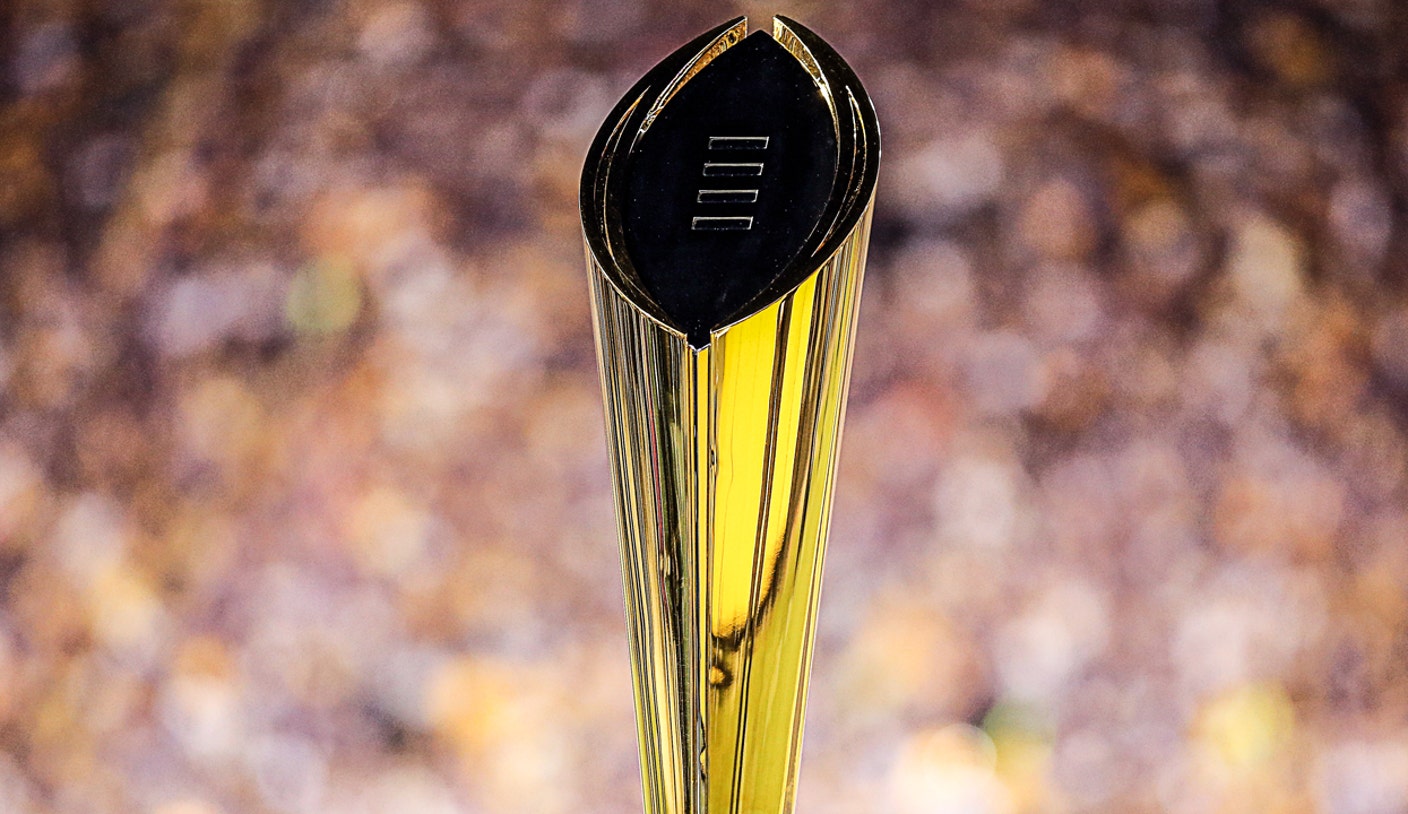NFL Betting Analysis: Division Rivals and Reduced Home Field Advantage
September 27, 2019 – by Jason Lisk

Carson Wentz is 0 for 1 against the spread this year at home against a division rival (Photo by Kyle Ross/Icon Sportswire)
Home field advantage exists, though we cannot see it in action, or always recognize it in a particular game. We know, for example, that home teams have won 57.6% of the time in the NFL over the previous ten seasons (2009 to 2018).
Lots of little factors potentially contribute to home field advantage: crowd noise (impacting both teams and officials), travel and time zone changes, weather conditions that differ from home, and specific stadium characteristics such as wind patterns and footing.
There’s one category of NFL games where home field advantage seems to be reduced, and where the market has not appeared to adjust: divisional games where the teams both play outdoors and are close proximity rivals.
Close Proximity Outdoor Rivals
Content:
ToggleThere are currently 15 divisional series where the teams (1) both play outdoors, and (2) are within 450 miles of each other in travel distance. That includes:
Every series in the AFC NorthAll games between the Bills, Jets, and Patriots in the AFC EastAll games between the Eagles, Giants, and Redskins in the NFC EastThe Bears versus the PackersThe games between the Bay Area teams and Los Angeles teams (Raiders-Chargers and 49ers-Rams)
For ease of reference forward, these games with be referred to as Close Proximity Outdoor Rivals (CPOR) games.
It doesn’t really matter if you look at the most recent five years, the last 17 years (since the league went to the eight-division format), or all the way back to 1985 (which is as far back as we have against-the-spread data). The trend shows up regardless.
Over the last five years (including the playoffs), the home teams in these series are 70-70-1. That’s right, the road team has been just as likely as the home team to win a divisional game between these opponents. Against the spread, the home teams are 60-76-5 (44.6%) over the same span.
Those numbers are consistent with what we see going further into the past. Since 2002, the home teams in CPOR games have won only 52.8% of the time, and are 44.6% against the spread. For the previous period of 1985-2001, home teams meeting the CPOR requirements won 52.2% of the time straight up and covered the spread in 47.3% of games.
Specific Series Results Since 2002
Here are the combined records, both straight up and against the spread, for the home teams in these series since 2002.
| Matchup | Straight Up | Against The Spread | ||||||||
|---|---|---|---|---|---|---|---|---|---|---|
| Team 1 | Team 2 | Distance | W | L | T | PCT | W | L | T | PCT |
| NYG | PHI | 81 | 17 | 19 | 0 | 47.2% | 15 | 20 | 1 | 43.1% |
| CLE | PIT | 115 | 20 | 14 | 1 | 58.6% | 17 | 17 | 1 | 50.0% |
| PHI | WAS | 123 | 16 | 18 | 0 | 47.1% | 14 | 19 | 1 | 42.6% |
| NE | NYJ | 171 | 19 | 17 | 0 | 52.8% | 16 | 19 | 1 | 45.8% |
| CHI | GB | 184 | 16 | 19 | 0 | 45.7% | 14 | 20 | 1 | 41.4% |
| BAL | PIT | 196 | 24 | 13 | 0 | 64.9% | 15 | 19 | 3 | 44.6% |
| NYG | WAS | 204 | 18 | 16 | 0 | 52.9% | 16 | 18 | 0 | 47.1% |
| CIN | CLE | 222 | 19 | 15 | 0 | 55.9% | 15 | 18 | 1 | 45.6% |
| CIN | PIT | 257 | 13 | 23 | 0 | 36.1% | 13 | 22 | 1 | 37.5% |
| BUF | NYJ | 292 | 19 | 13 | 0 | 59.4% | 16 | 16 | 0 | 50.0% |
| BAL | CLE | 308 | 19 | 15 | 0 | 55.4% | 14 | 19 | 1 | 42.6% |
| OAK | LAC | 343 | 2 | 2 | 0 | 50.0% | 2 | 2 | 0 | 50.0% |
| SF | LAR | 347 | 2 | 4 | 0 | 33.3% | 3 | 3 | 0 | 50.0% |
| BUF | NE | 393 | 17 | 17 | 0 | 50.0% | 11 | 22 | 1 | 33.8% |
| BAL | CIN | 423 | 22 | 12 | 0 | 64.7% | 18 | 15 | 1 | 54.4% |
The home teams have won 50% or fewer games against the spread in every single series until you get down to Baltimore-Cincinnati. In total, seven of the CPOR series had a home ATS percentage under 45%, seven more were between 45% and 50% ATS, and only one was over 50% ATS.
Comparison to Home Field Advantage in Other Matchups
Here is a comparison of the home field advantage numbers in other types of matchups. Listed are the results across the league for all other divisional games, for conference games, and for inter-conference matchups.
| Matchup Type | Straight Up | Against The Spread |
|---|---|---|
| CPOR Divisional Games | 52.8% | 44.6% |
| Other Divisional Games | 55.7% | 48.3% |
| Conference, Non-Divisional Games | 59.3% | 50.3% |
| Non-Conference Games | 59.3% | 49.5% |
The home field advantage appears to be lower in divisional matchups in general, and home teams cover less frequently in divisional games than in other types of matchups. The effect is more pronounced in the games between outdoor rivals who are in close proximity.
Conclusion
So what would explain this lowered home field advantage in the games involving neighboring rivals who both play outdoors?
The primary difference between divisional matchups and other matchups in the NFL is that the road team gets to play at the same road venue every year consistently. With other types of matchups, the visitor gets to play in that road venue on a far less frequent basis. This could suggest that familiarity with the travel, venue, and all the other specifics of playing in a particular stadium could play some role in reducing home field advantage.
Why do games between close proximity division rivals with outdoor home stadiums in particular show a more pronounced effect? It would be hard to argue that the fans aren’t any more passionate in these games, and these rivalries include some of the oldest and most bitter ones in the league. Yet, we see reduced home field advantage in these matchups. Some light may be shed by noting that we do not see this same effect when dome teams play outdoor teams in divisional games, even if they are reasonably close geographically. In division games between dome/retractable roof teams and outdoor teams who are within 450 miles of each other, the home team has won 60.8% of games straight up and are 56.5% ATS.
The CPOR teams not only get to play in the same venues consistently, but they also get to play games in roughly similar temperatures and climates as their home stadium, and in the same time zone.
What does this mean for betting purposes? Just knowing the location of a matchup is certainly not dispositive of the outcome. Over time, though, backing road teams in these type of games has been profitable, and it may make sense to account for some reduced home field advantage in your projections for these matchups rather than apply a standard HFA value.
If you liked this post, please share it. Thank you! Twitter Facebook
NFL Football Pool Picks NFL Survivor Pool Picks NCAA Bracket Picks College Bowl Pool Picks College Football Pool Picks NFL Picks NBA Picks MLB Picks College Football Picks College Basketball Picks NFL Predictions NBA Predictions MLB Predictions College Football Predictions College Basketball Predictions NFL Spread Picks NBA Spread Picks MLB Spread Picks College Football Spread Picks College Basketball Spread Picks NFL Rankings NBA Rankings MLB Rankings College Football Rankings College Basketball Rankings NFL Stats NBA Stats MLB Stats College Football Stats College Basketball Stats NFL Odds NBA Odds MLB Odds College Football Odds College Basketball Odds A product ofTeamRankings BlogAboutTeamJobsContact
© 2005-2024 Team Rankings, LLC. All Rights Reserved. Statistical data provided by Gracenote.
TeamRankings.com is not affiliated with the National Collegiate Athletic Association (NCAA®) or March Madness Athletic Association, neither of which has supplied, reviewed, approved or endorsed the material on this site. TeamRankings.com is solely responsible for this site but makes no guarantee about the accuracy or completeness of the information herein.
Terms of ServicePrivacy Policy



